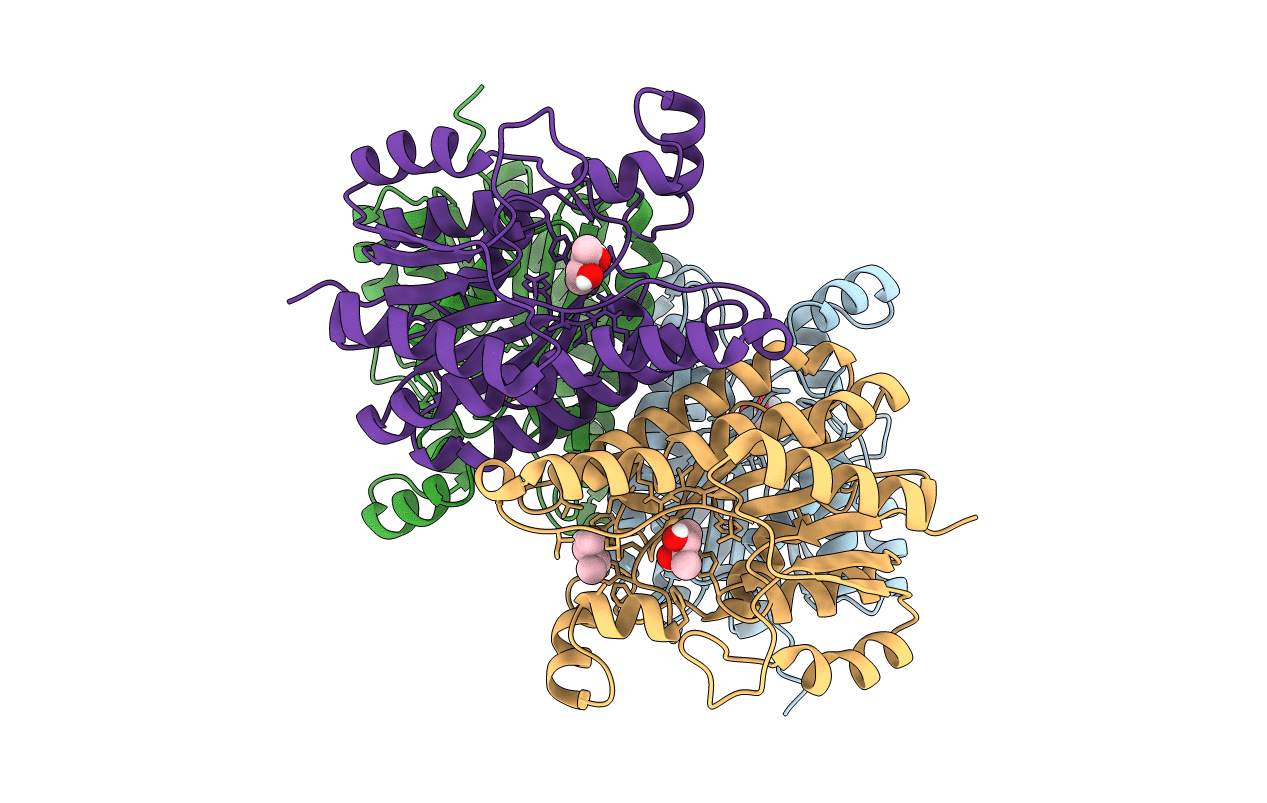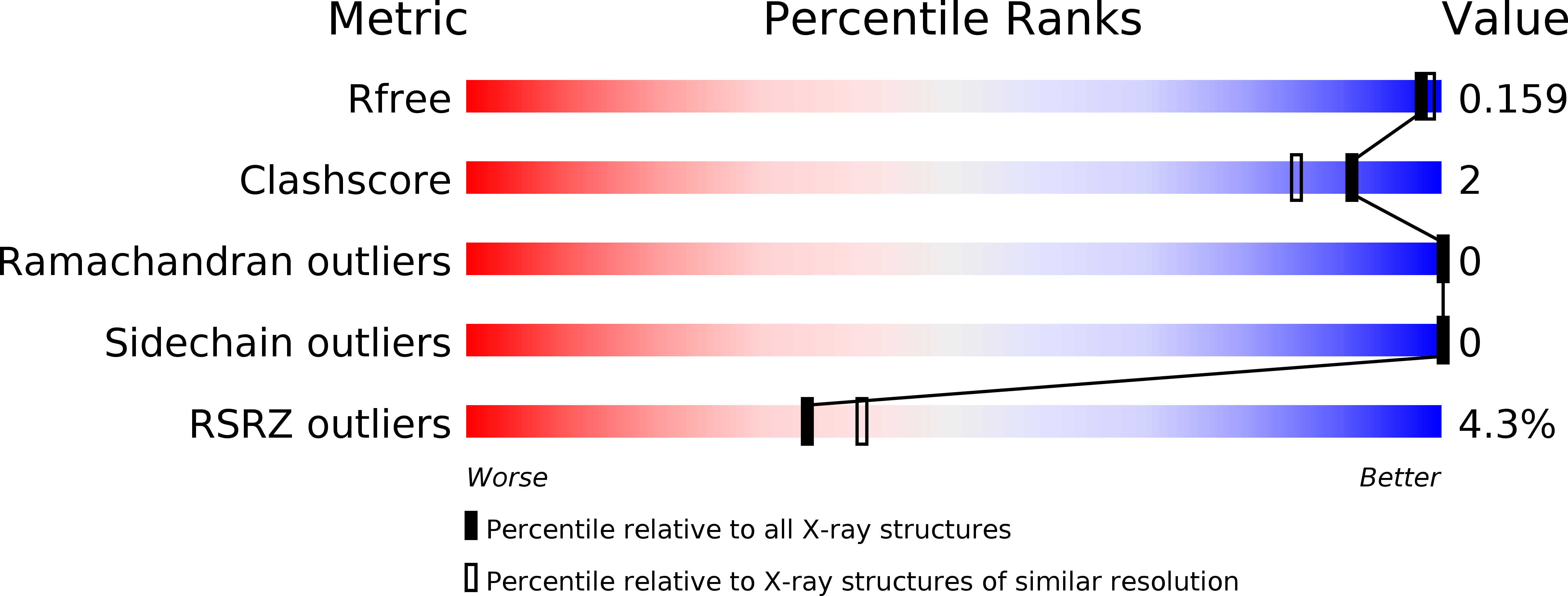
Deposition Date
2018-11-26
Release Date
2019-08-21
Last Version Date
2024-01-24
Entry Detail
PDB ID:
6I9W
Keywords:
Title:
Crystal structure of the halohydrin dehalogenase HheG T123G mutant
Biological Source:
Source Organism:
Ilumatobacter coccineus YM16-304 (Taxon ID: 1313172)
Host Organism:
Method Details:
Experimental Method:
Resolution:
1.55 Å
R-Value Free:
0.15
R-Value Work:
0.13
R-Value Observed:
0.13
Space Group:
P 1 21 1


